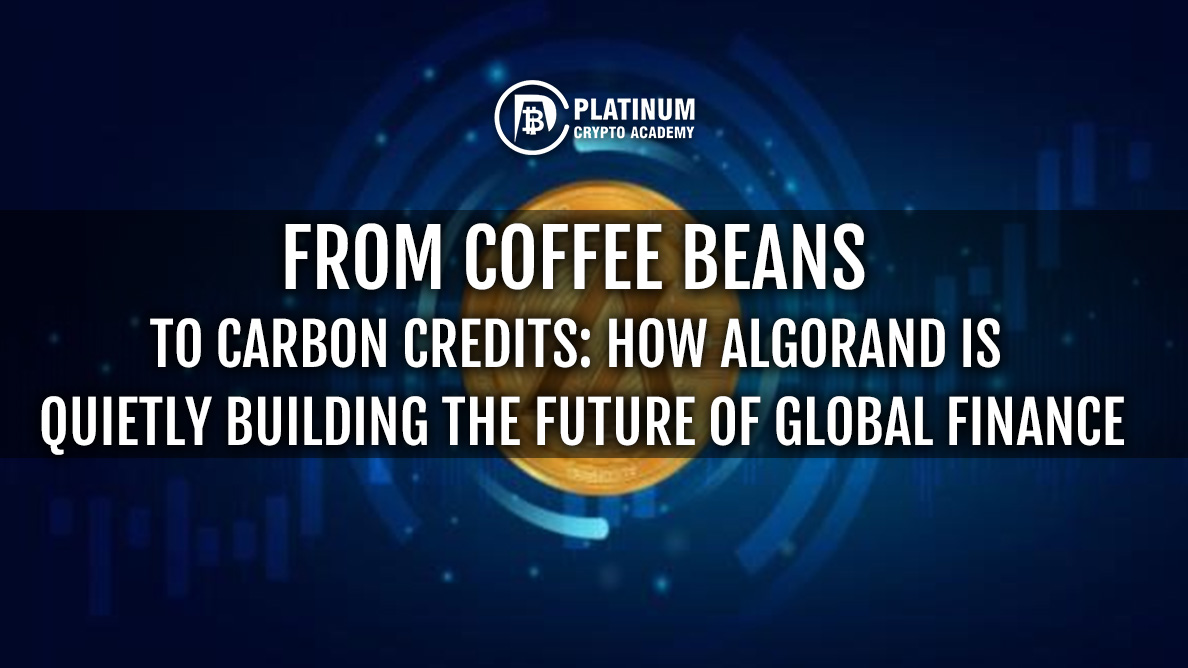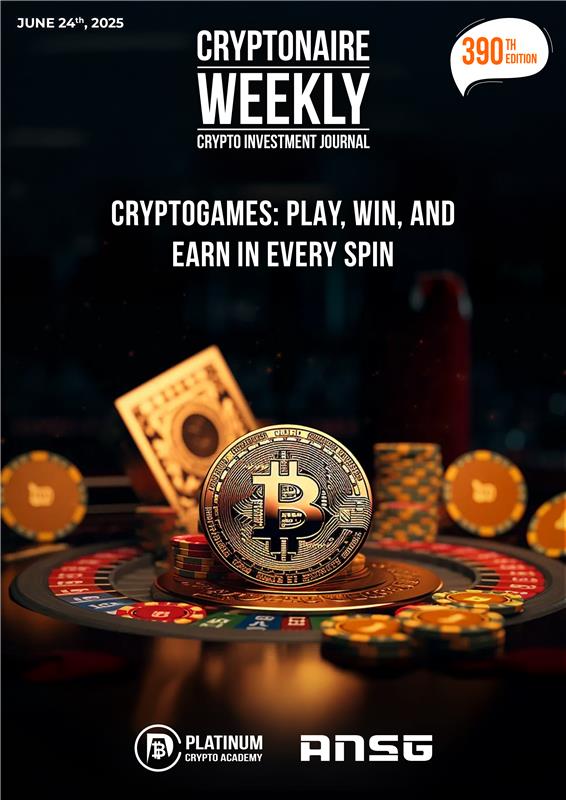I used to think crypto’s biggest challenge was mass adoption.
Turns out, I was wrong. The real challenge, and its biggest opportunity, is integration. Not just adoption for adoption’s sake, but integration into the real world. Into finance, logistics, payments, identity, ownership, energy. That’s where the trillion-dollar value is hiding, not in price charts or hype cycles, but in the quiet infrastructure being laid right under our noses.
That’s where tokenization comes in. And if you haven’t been paying attention, let me say this as clearly as I can: real-world asset (RWA) tokenization is the biggest on-chain transformation no one’s talking about loud enough.
Goldman Sachs, Citi, even BlackRock’s Larry Fink are on record: tokenization is the next frontier. Fink didn’t mince words. He called it the “next generation for markets.” And when a company managing $11 trillion says that you pay attention.
So, what’s the prize? Estimates put the total addressable market for real-world asset tokenization at $30 trillion by 2030. Let that sink in. That’s not some DeFi summer repeat. That’s bigger than the entire crypto industry today by more than 10x. This is the narrative that rewrites everything we thought we knew about crypto’s utility.
Here’s the simplest way I explain it to people: tokenization is about taking anything, a building, a coffee shipment, a music royalty stream, even a plane ticket, and turning it into a tradable, verifiable digital token. Instantly transferable. Borderless. No intermediaries. No paperwork. No 3-day delays or wire fees. Just instant global ownership, with receipts etched onto the blockchain.
Now here’s where it gets interesting. Of all the chains out there claiming to be “enterprise ready,” one name keeps popping up again and again in real-world deployments: Algorand.
If you’ve been in the space for a while, you’ve probably heard of it. But what you might not know is that while others were chasing hype and DeFi TVL, Algorand quietly spent the last four years building infrastructure that actually works and then partnering with companies who use it.
And now it’s paying off.
Algorand was launched in 2019 by Silvio Micali, an MIT professor and Turing Award winner. This isn’t a moonboy founder. It’s one of the actual fathers of modern cryptography. From day one, the mission was clear: build a blockchain that didn’t force compromises. Fast and secure. Scalable and sustainable. Real decentralization without sacrificing performance.
They did it. Over 10,000 transactions per second. Finality in seconds. Fees that are fractions of a cent. And perhaps most notably, zero downtime. Ever. In an industry where “upgrades” often mean halts, forks, or chaos, that matters more than most people realize.
But what’s really making me lean in? The real-world traction.
Take Lofty, for example, a real estate investment platform where you can buy tokenized shares of properties starting at $50. These aren’t theoretical tokens. They represent actual equity in real homes, including luxury Airbnbs. They’ve tokenized over 142 properties, worth more than $35 million. Management is handled via a DAO. Rental income is distributed daily. It’s like Robinhood meets property investing, and it’s live right now.
Then there’s Exodus, the public crypto company, offering its actual stock as a blockchain-native token via Algorand. Not a synthetic. Not a wrapper. The real thing. You own shares, on chain. That’s a quiet revolution in capital markets.
In Latin America, Agrotoken is changing how farmers interact with banks. They tokenize corn and wheat, literally turning grain into on-chain collateral. It’s not just innovative. It’s already being used by banks in Argentina and Brazil. I’ve seen the Agrotoken UI. It’s clean. It works. And it’s changing lives.
Want another example? Airline tickets. Over 10 million tickets have been tokenized using Algorand by airlines like Viva Aerobus, the second largest in Mexico. These aren’t loyalty points. They’re real tickets, minted as NFTs. Resellable, transferable, more efficient than anything in Web2.
And then there’s the stuff that hits you in the heart. In Afghanistan, where traditional banking infrastructure is broken or non-existent, a platform called HabPay is using Algorand to send humanitarian aid directly to people’s phones. Not charities. Not middlemen. Just real money, real people, real hope.
The list keeps going.
- Fractional solar panel ownership in Italy.
- Supply chain traceability for Lavazza’s coffee.
- A digital Euro licensed by the Dutch central bank.
- Music royalty streams tokenized and paid to over 25,000 investors.
- Gold, silver, platinum, all tokenized and redeemable with MelGold.
Even Mastercard is getting in, integrating with Algorand for seamless crypto payments through Parah Wallet. The endgame is making crypto spending feel like using Apple Pay. No friction. Just function.
This isn’t vaporware. These are real, shipped products, tied to real assets, backed by real companies.
And that’s why I’m so convicted right now.
Because for years, we chased hype cycles. We bought narratives before they had substance. We got burned. And now, as the next wave builds, the real wave, it’s not the coins shouting the loudest that will win.
It’s the ones shipping quietly. Building deeply. Scaling sustainably.
Algorand may not dominate the headlines. But it’s already becoming the invisible backbone of the tokenized economy. And that $30 trillion forecast? It won’t arrive in a single announcement. It’ll arrive like this, project by project, use case by use case, until one day, the question isn’t “Will crypto go mainstream?” but rather “How did we ever operate without it?”
And when that day comes, the chains that built the rails will be the ones holding the most value.
So yeah, I’m watching Algorand closely.
And if you care about the future of finance, you probably should be too.
Hopefully, you have enjoyed today’s article. Thanks for reading! Have a fantastic day! Live from the Platinum Crypto Trading Floor.
Earnings Disclaimer: The information you’ll find in this article is for educational purpose only. We make no promise or guarantee of income or earnings. You have to do some work, use your best judgement and perform due diligence before using the information in this article. Your success is still up to you. Nothing in this article is intended to be professional, legal, financial and/or accounting advice. Always seek competent advice from professionals in these matters. If you break the city or other local laws, we will not be held liable for any damages you incur.


